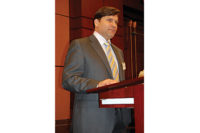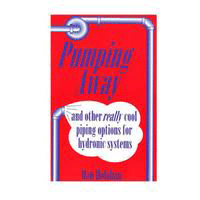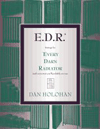
|
| Former Secretary of State and First Lady Hillary Rodham Clinton answers a question posed by U.S. Green Building Council President and CEO Rick Fedrizzi after her keynote address at Greenbuild 2013 in Philadelphia. Photo credit John McNally/pme |
While former Secretary of State and First Lady Hillary Rodham Clinton’s keynote address at Greenbuild 2013 left me and others I spoke with underwhelmed, we agreed her final point during a post-speech question-and-answer session with U.S. Green Building Council President and CEO Rick Fedrizzi was the lynchpin of the night.
Clinton asked the audience, “Where can we take this movement from here?” Currently the answer is, in my estimation, “Nobody’s sure.”
And that is OK … for now. Clinton’s speech was a highlight reel for the sustainable building movement. Among many benchmarks, Clinton noted that when the Clinton administration began in January 1993, it went about making 1600 Pennsylvania Ave. greener. With the enhancements made, the White House operational costs were approximately $300,000 lower per year by 1999. Today, more than 1.5 million sq. ft. are certified LEED per day in 135 countries and all U.S. embassies must be certified LEED Silver.
But, it’s OK to push pause from time to time. I’ve been involved with this industry for a touch more than two years. I can count on one hand the number of days I did not receive a press release exclaiming this product or that technology is what will be the green driving force from that day forth.
I view trade shows as a game of chess. Some years companies are making smart, aggressive moves to penetrate and dominate a market sector. This year at Greenbuild it was a moment to review the landscape and think ahead to future moves.
While walking the Philadelphia Convention Center’s exhibitor floor, it was obvious the 2013 event was a low-key affair. This year, instead of being bombarded by all the new products, I saw manufacturers speaking with their engineering and design clients. According to a majority of the companies I visited, leads generated at Greenbuild weren’t large in quantity but were high in quality.
Two major plumbing-product manufacturers were eager to discuss the more-detailed information regarding water-savings or energy use they now are providing to prospective clients. These companies want to make sure their products and their branding regarding green technologies will synch up and that customers would understand and appreciate those synergies.
At another booth, InSinkErator displayed a simple setup with a table and a lone food waste disposer surrounded by the company’s green initiative branding.
Engineers too need to step back and think about what green building means to them. What elements of sustainable building do you feel are the most critical to your work?
The sustainable building and green plumbing market has plenty of avenues to explore and more resources to save. But, at this time, it’s perfectly acceptable to sit back to review the chessboard and consider the next appropriate move. It could be ready to take the industry by storm at Greenbuild 2014 in New Orleans.




